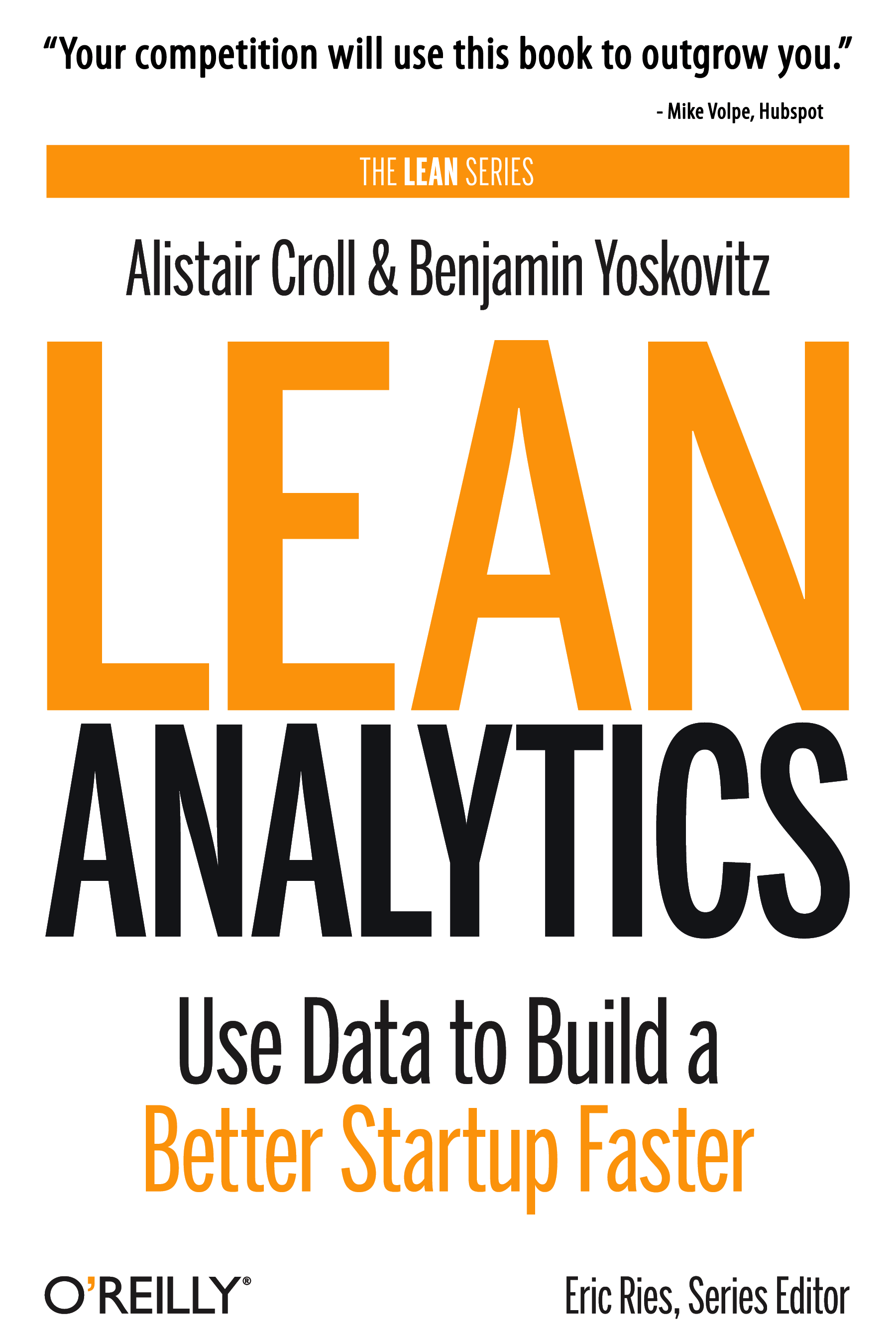How many mistakes have I made since I started blogging?
Do you really want to know? Alright then…here’s 5 blog writing mistakes I’ve made:
- Ending blog post titles with periods. Gack! I did this all the time. I debated whether it made sense or not, but apparently it doesn’t.
So let me ask you this question: What about ending blog post titles with other syntax, like exclamation points or question marks? Anyone?
- Uber-long blog posts. I still believe there’s a time and place for long blog posts, but for the most part, people have short attention spans, so it’s understandable that you should try and keep posts as short as possible. Perhaps more important is this: don’t ramble. If you’re rambling, go back, slice the post to pieces, cut out the unecessary stuff and make it a lean, mean, discussion-inducing machine. Try taking a very long post and splitting it into multiple posts. And try writing posts at varying lengths; early on I found most of my posts were long. Now I’ve diversified.
- Not focusing on 1 topic. Goes hand-in-hand with writing too much. Focusing on more than 1 topic in a blog post is bad on a number of levels: you’ll confuse and lose readers, and it’s no good for SEO and contextual advertising (like Google Ads).
- Not tagging my posts. I learned this one fairly early — tag your posts for Technorati. It’s easy enough to do, and it will help people who are using Technorati to find your blog. If you’re using WordPress, I recommend SimpleTags, which is an ultra-easy plugin. Otherwise, try UltraSeeker – Technorati Tag Builder (or your blogging platform may have other plugins to use for this.)
- Misusing images. In the beginning I didn’t use images. Then I read some stuff about the use of images and how it can enhance the quality of a blog post and the audience’s interest. Makes sense. So then I started using images. I think I went too far, the images got bigger and bigger, to the point where they overwhelmed the content and became too generic to really add value to the blog posts. I’m much more careful with my use of images now. They’re important, but not always. And I want images that grab people visually and say something meaningful.
I’m still learning. And making mistakes. Everyone is. And that’s part of the beauty of this thing – some people have more experience, some might be “experts” but no one is the definitive guru of blogging. What works for one type of subject matter won’t for another. What works for one audience or community of readers won’t for another. There’s so much variety…which means we all get to learn and find our way at the same time.
And help each other out.
Remember: You still have time to join Blog About 5 Things Week. Write a post on 5 things – any 5 things – 5 ideas, 5 steps, 5 tips, 5 things that irritate you, etc. Link back here and email me!
 Founding Partner at
Founding Partner at 